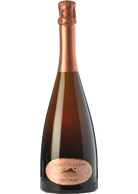Lacrima
Lacrima is a grape variety of very ancient origin. According to tradition, in 1167 Frederick Barbarossa tasted a glass of lacrima while living in his castle in Morro d'Alba, in the north of the Marche region during the siege of Ancona. Even today this delicate black grape is grown mainly in this region, where it represents the third largest production of red wines, and still today it gives birth to the Lacrima di Morro d'Alba DOC. However, once upon a time, lacrima was widespread all along the Adriatic, and reached Calabria, where, locally, there are still some scattered rows of them. A slightly aromatic grape, it produces a red, or a rosé, light, rose-scented, a little vinous, fruity, jammy. On the palate it is soft, with some vegetal notes that tone down the sweet bouquet. It is of good freshness and with very measured tannins. It is also good as a raisin wine (passito), both partial and subsequently vinified dry, and also total, in the form of a sweet wine of moderate and elegant concentration.
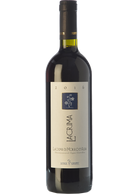
Giusti Lacrima di Morro d'Alba 2022
BIO
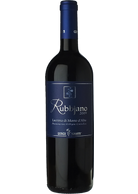
Giusti Lacrima di Morro d'Alba Rubbjano 2013
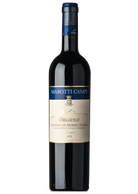
Marotti Campi Lacrima di Morro d'Alba Orgiolo 2019
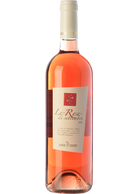
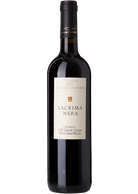
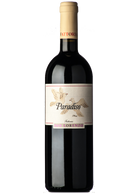
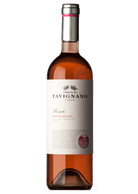
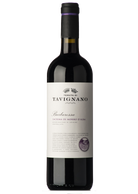
Tavignano Lacrima di Morro d'Alba Barbarossa 2018

Lacrima
Lacrima is a grape variety of very ancient origin. According to tradition, in 1167 Frederick Barbarossa tasted a glass of lacrima while living in his castle in Morro d'Alba, in the north of the Marche region during the siege of Ancona. Even today this delicate black grape is grown mainly in this region, where it represents the third largest production of red wines, and still today it gives birth to the Lacrima di Morro d'Alba DOC. However, once upon a time, lacrima was widespread all along the Adriatic, and reached Calabria, where, locally, there are still some scattered rows of them. A slightly aromatic grape, it produces a red, or a rosé, light, rose-scented, a little vinous, fruity, jammy. On the palate it is soft, with some vegetal notes that tone down the sweet bouquet. It is of good freshness and with very measured tannins. It is also good as a raisin wine (passito), both partial and subsequently vinified dry, and also total, in the form of a sweet wine of moderate and elegant concentration.
